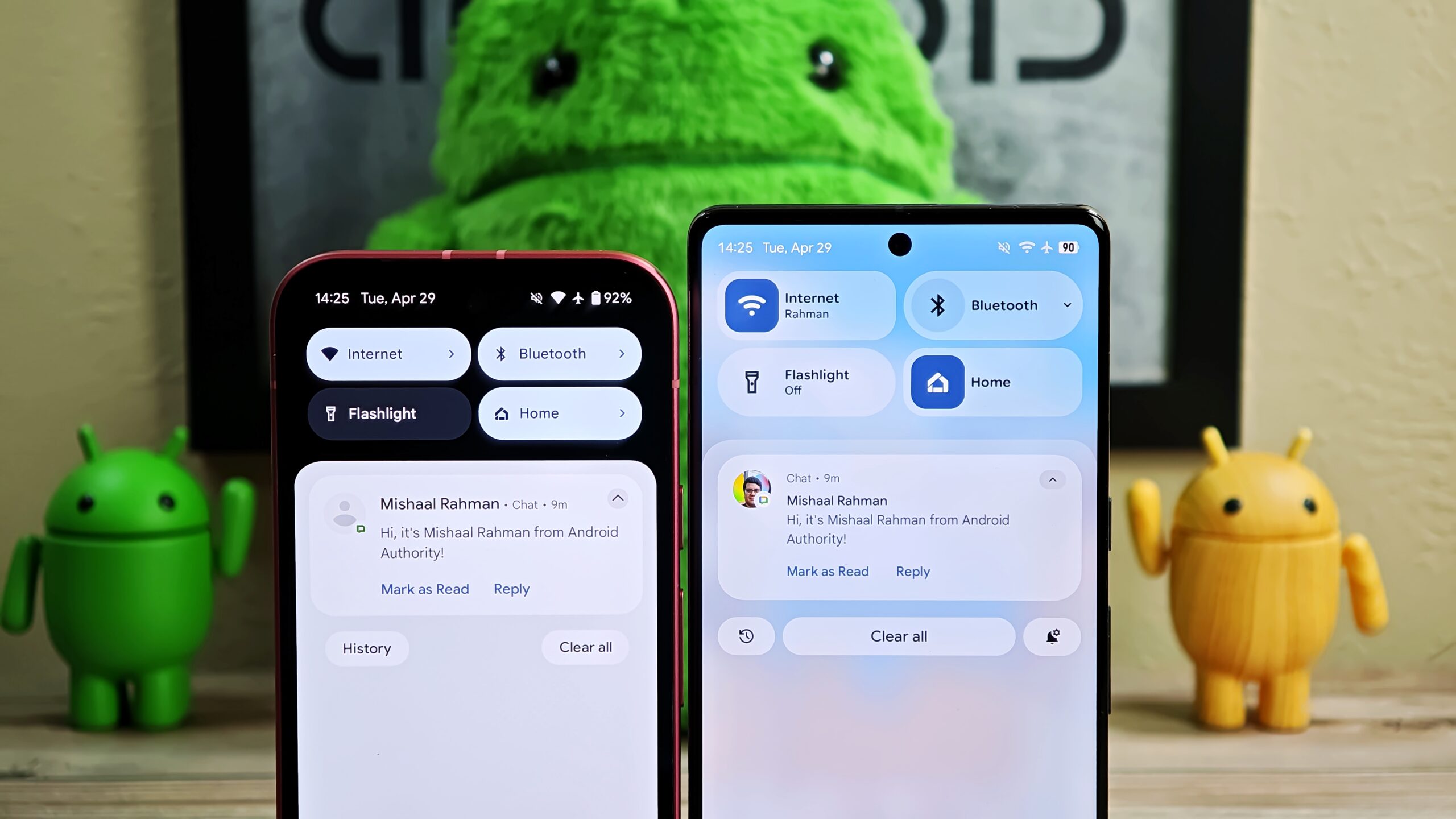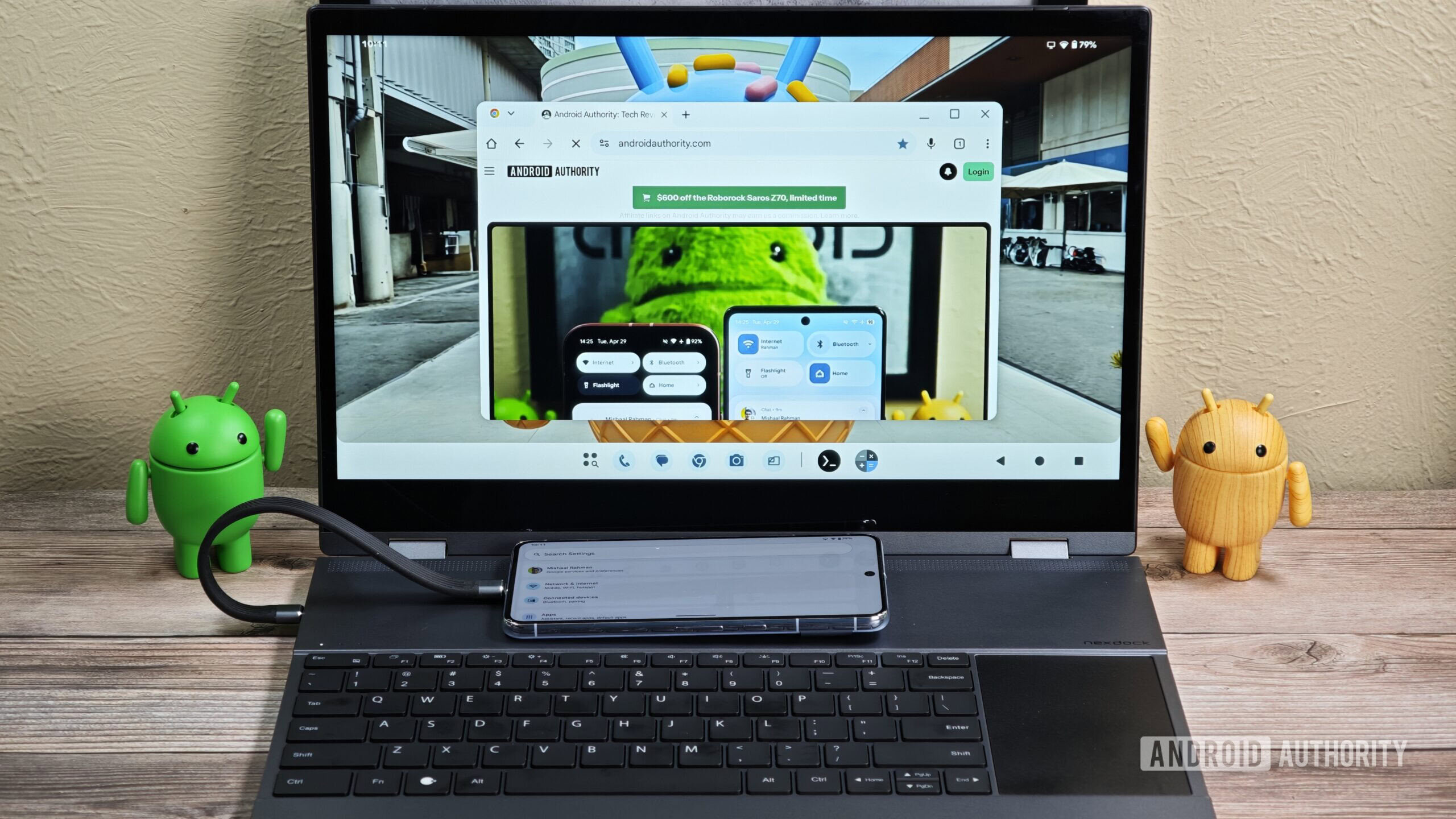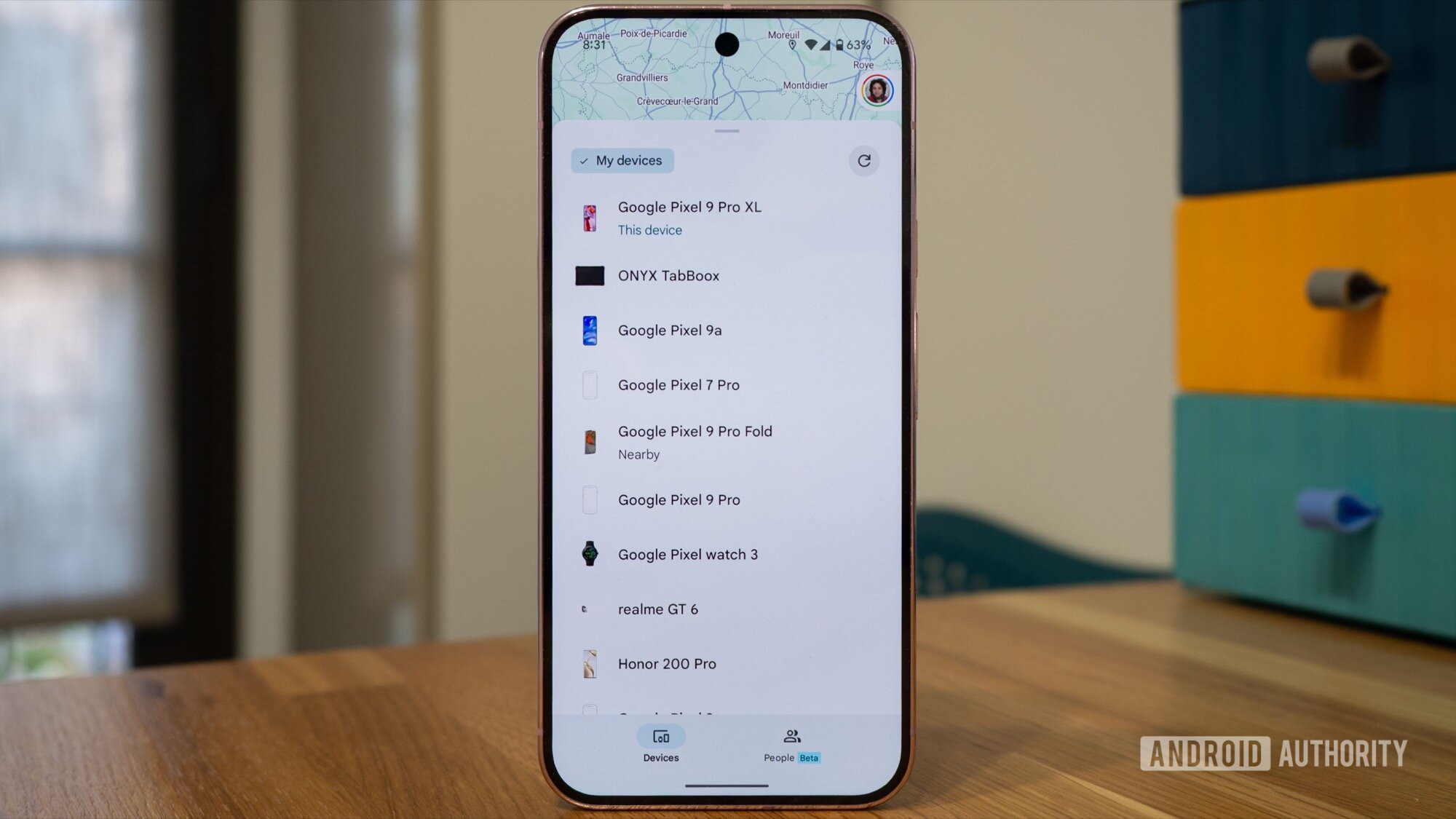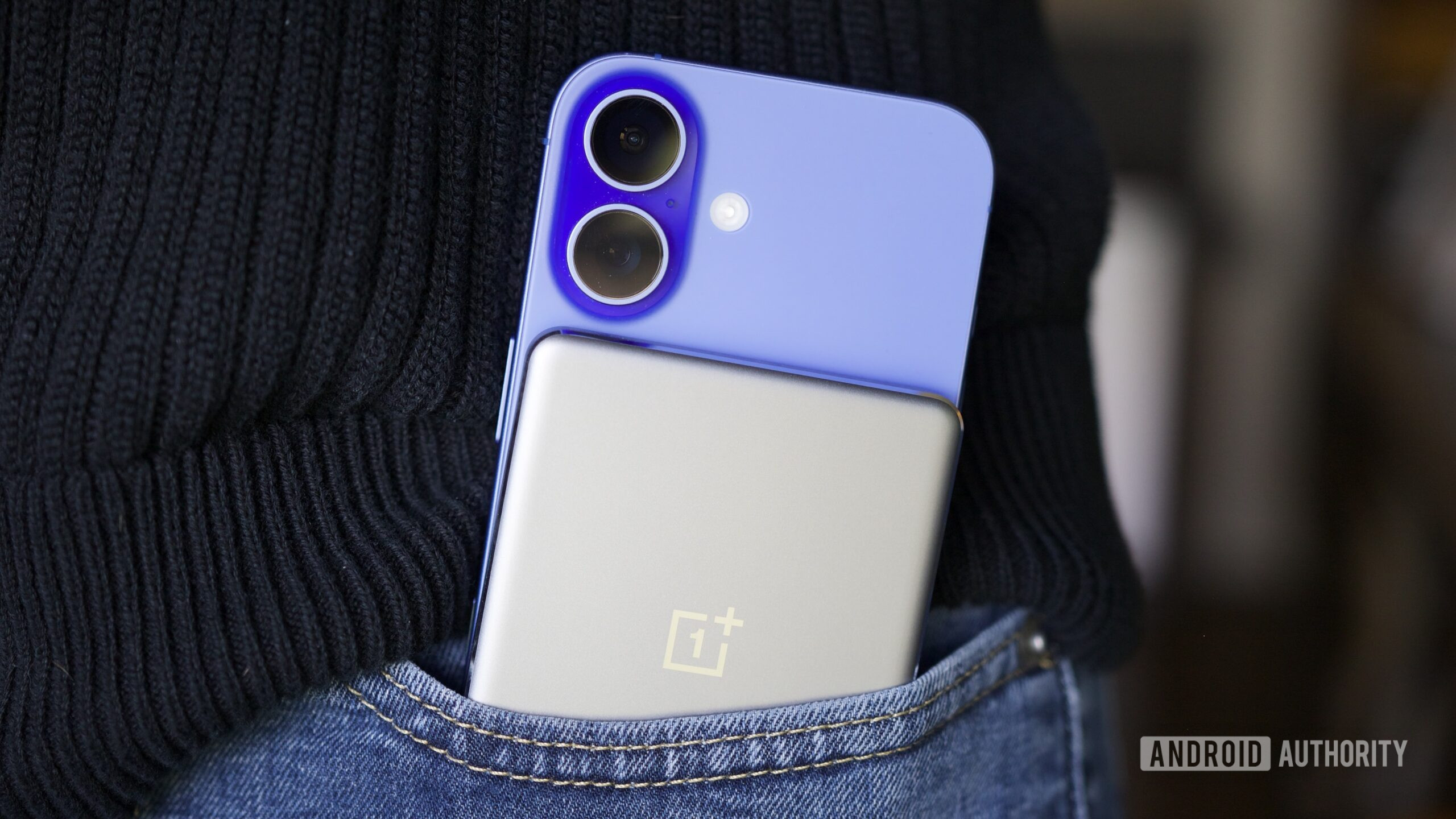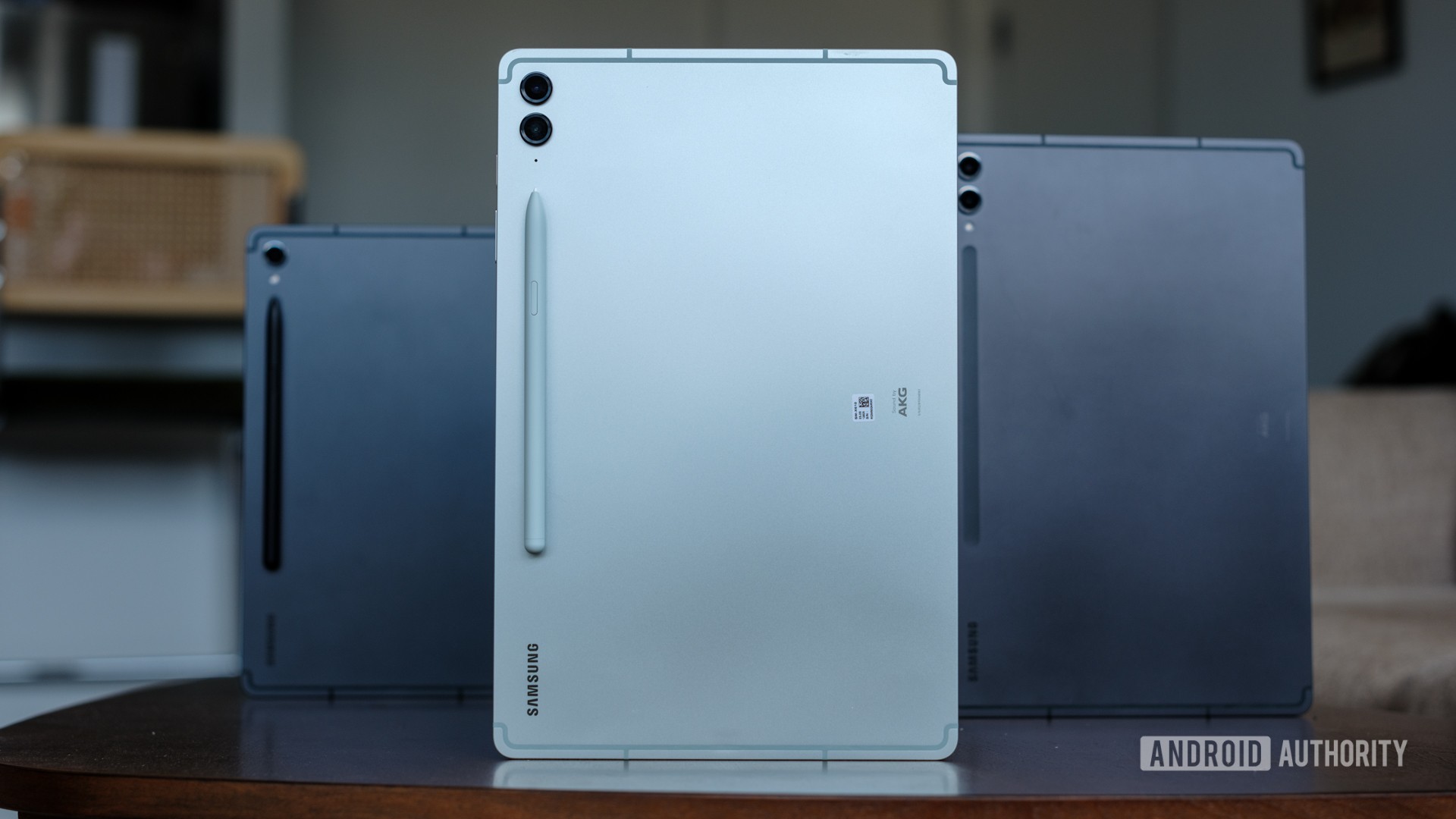Affiliate links on Android Authority may earn us a commission. Learn more.
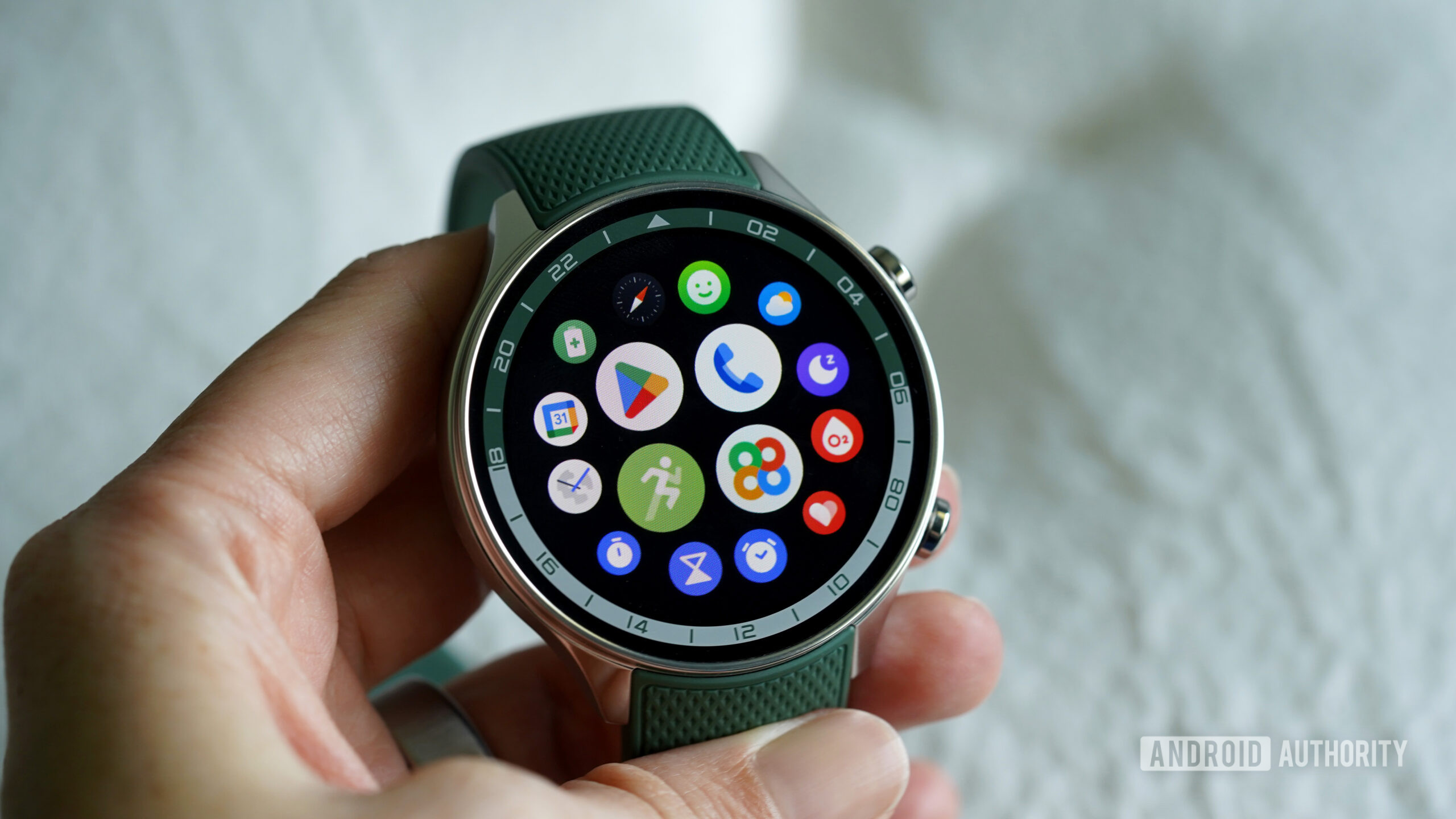
Features
Forget the Pixel Watch 4, this is the Wear OS watch I’m looking forward to the most
0
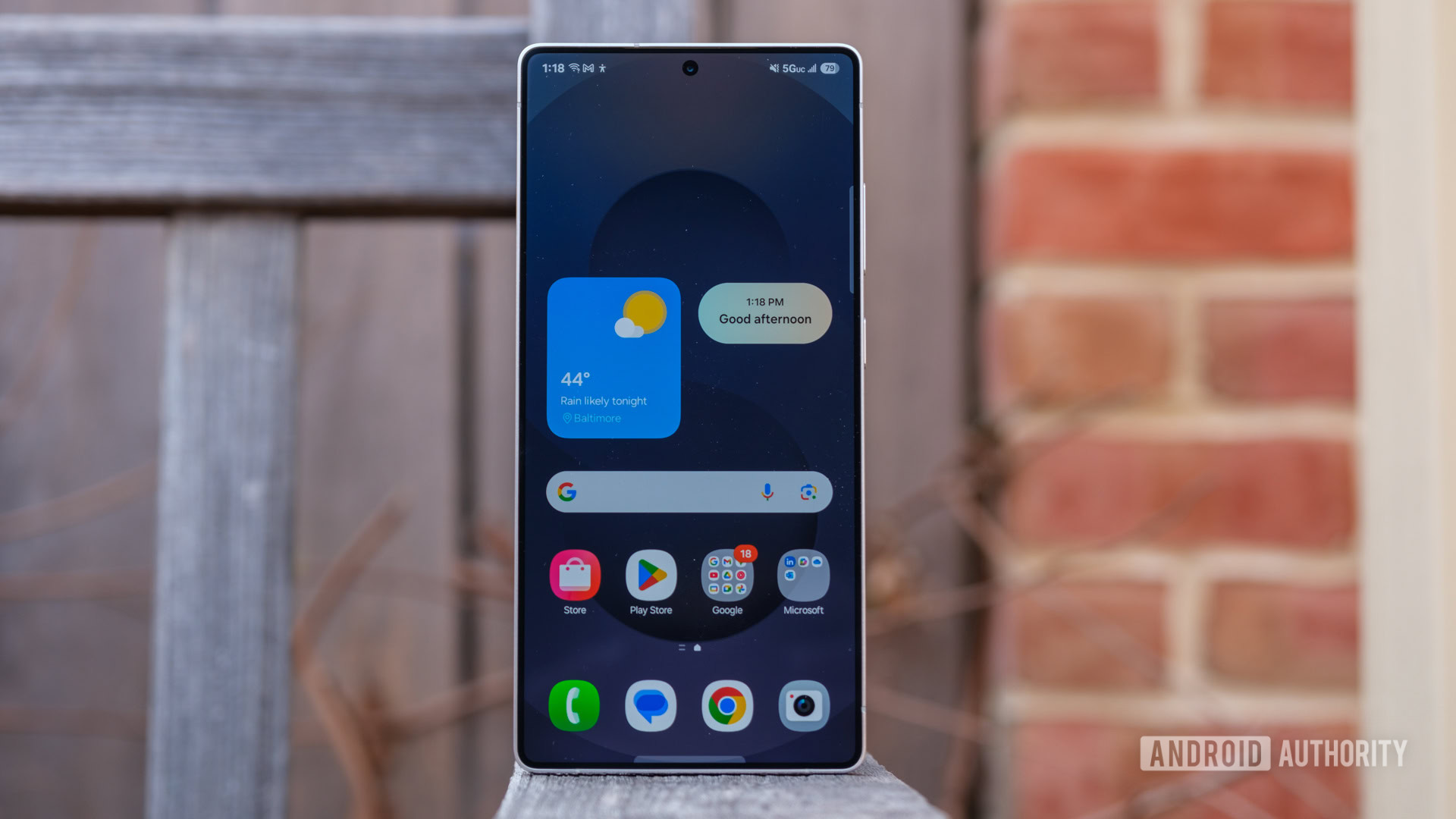
Features
After the latest One UI 7 issue, I can’t recommend buying a Samsung phone
0
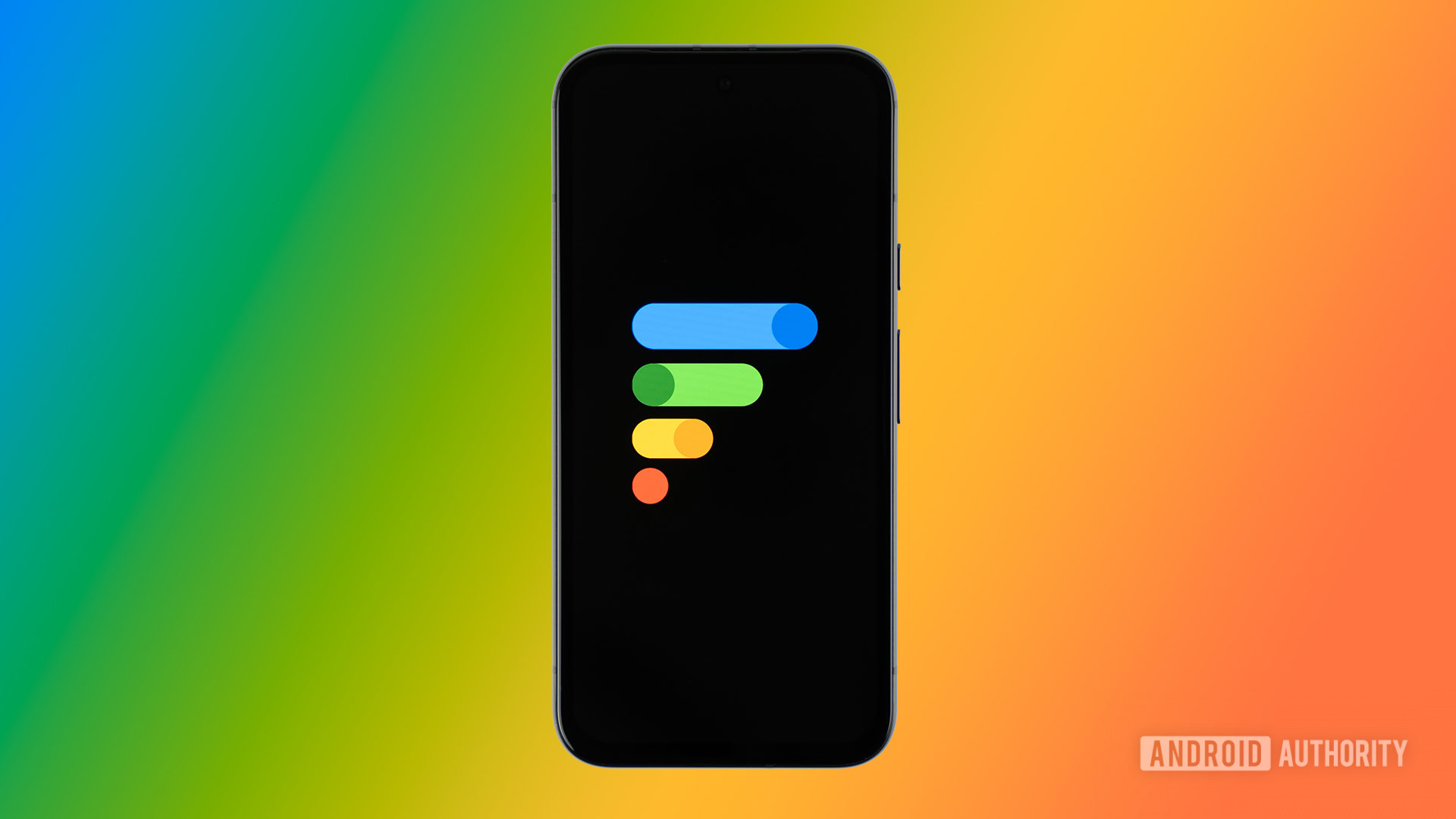
Guides
With its new plans, is Google Fi finally competitive again?
0
Top stories
Latest poll
What do you think of Android's upcoming UI overhaul?
7124 votes
In case you missed it
More news
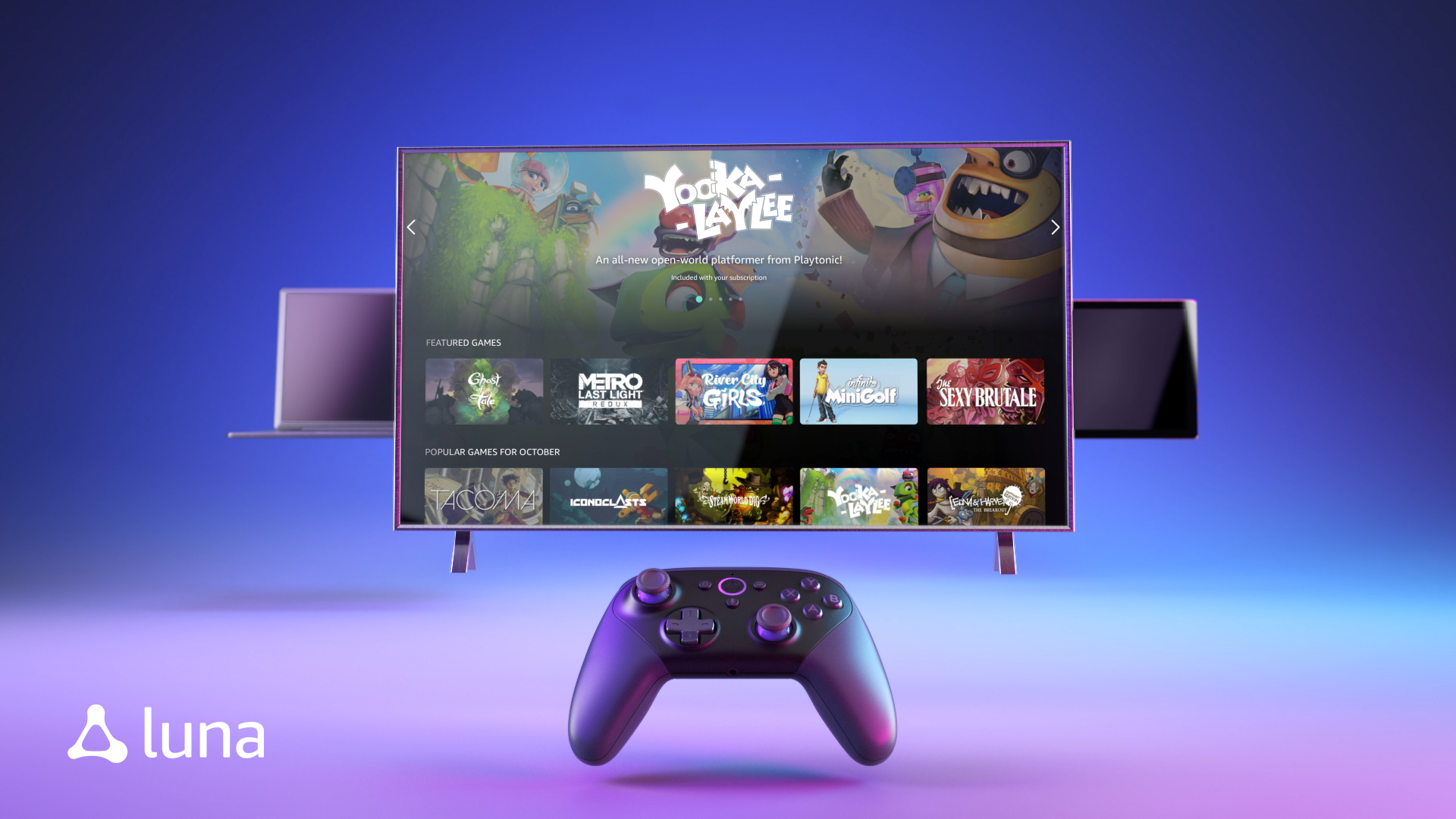
Nick Fernandez5 hours ago
0
Amazon Luna: Everything you need to know about Amazon's cloud gaming service
The best new Android apps and games for May 2025
Andy WalkerApril 30, 2025
0
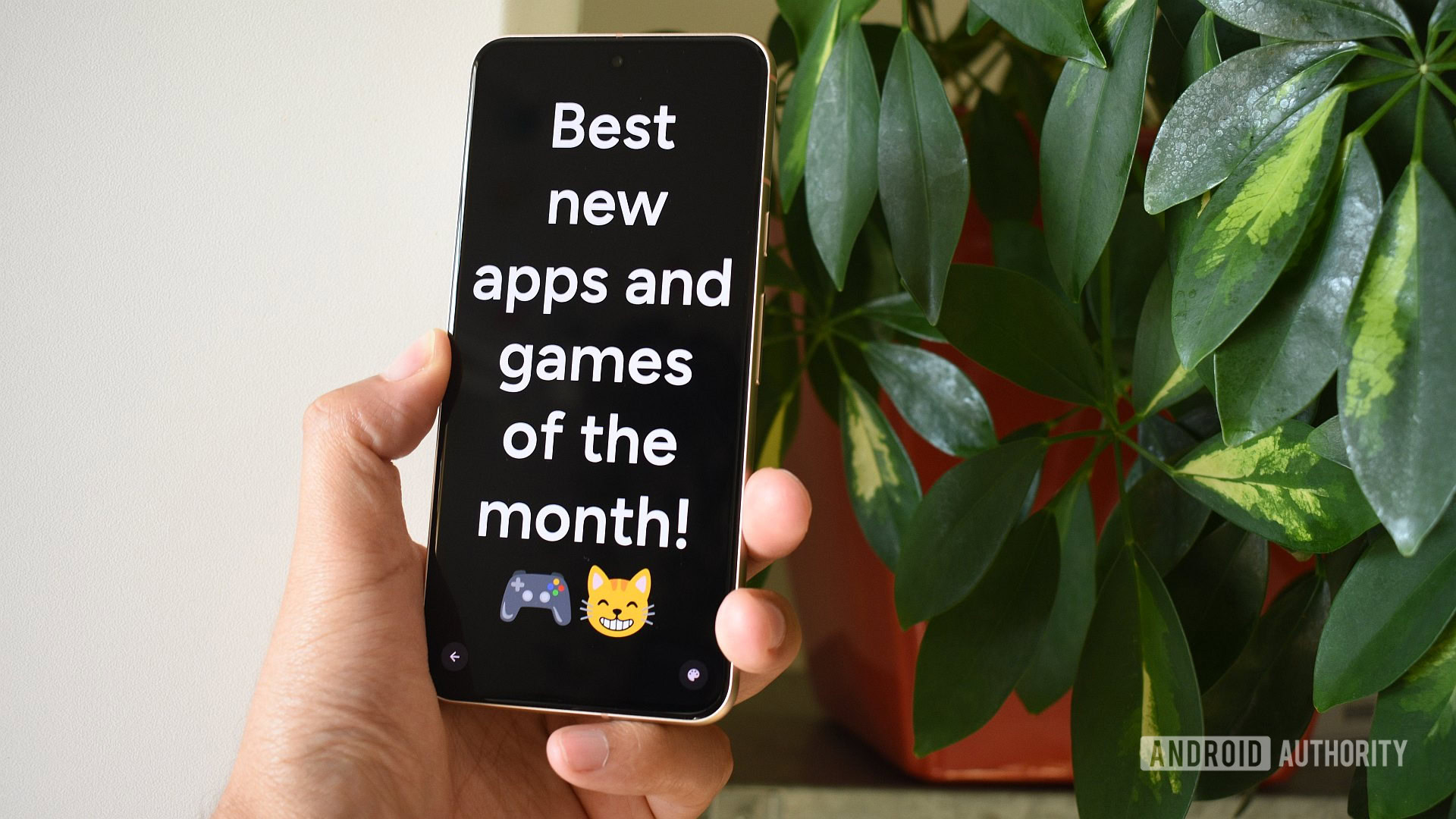
These are my 10 favorite Android games to play with a controller
Nick FernandezApril 30, 2025
0
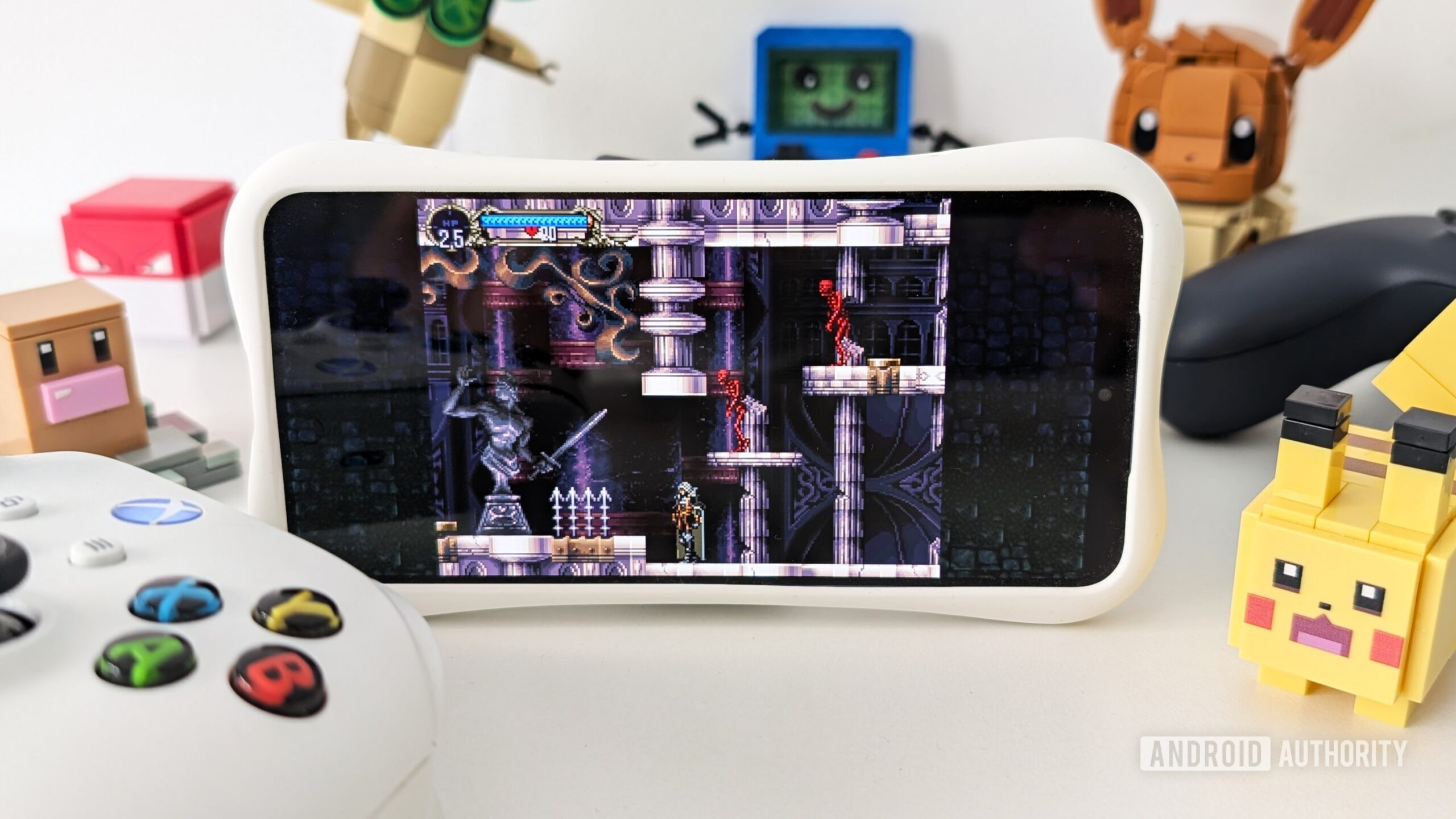
Google Pixel 9a problems and how to fix them
Andrew GrushApril 22, 2025
0
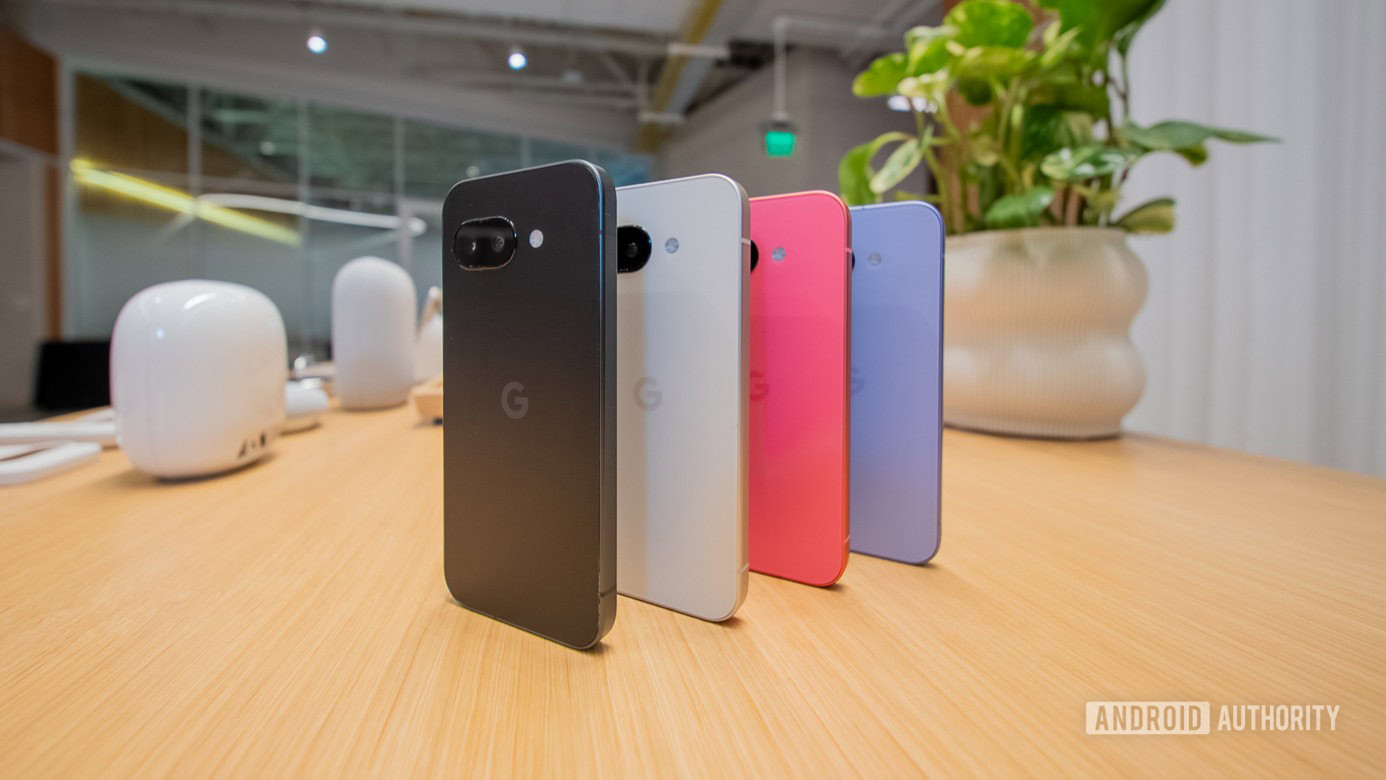
Here's why I turned off AI Overviews and why you should consider it too
Andrew GrushApril 21, 2025
0
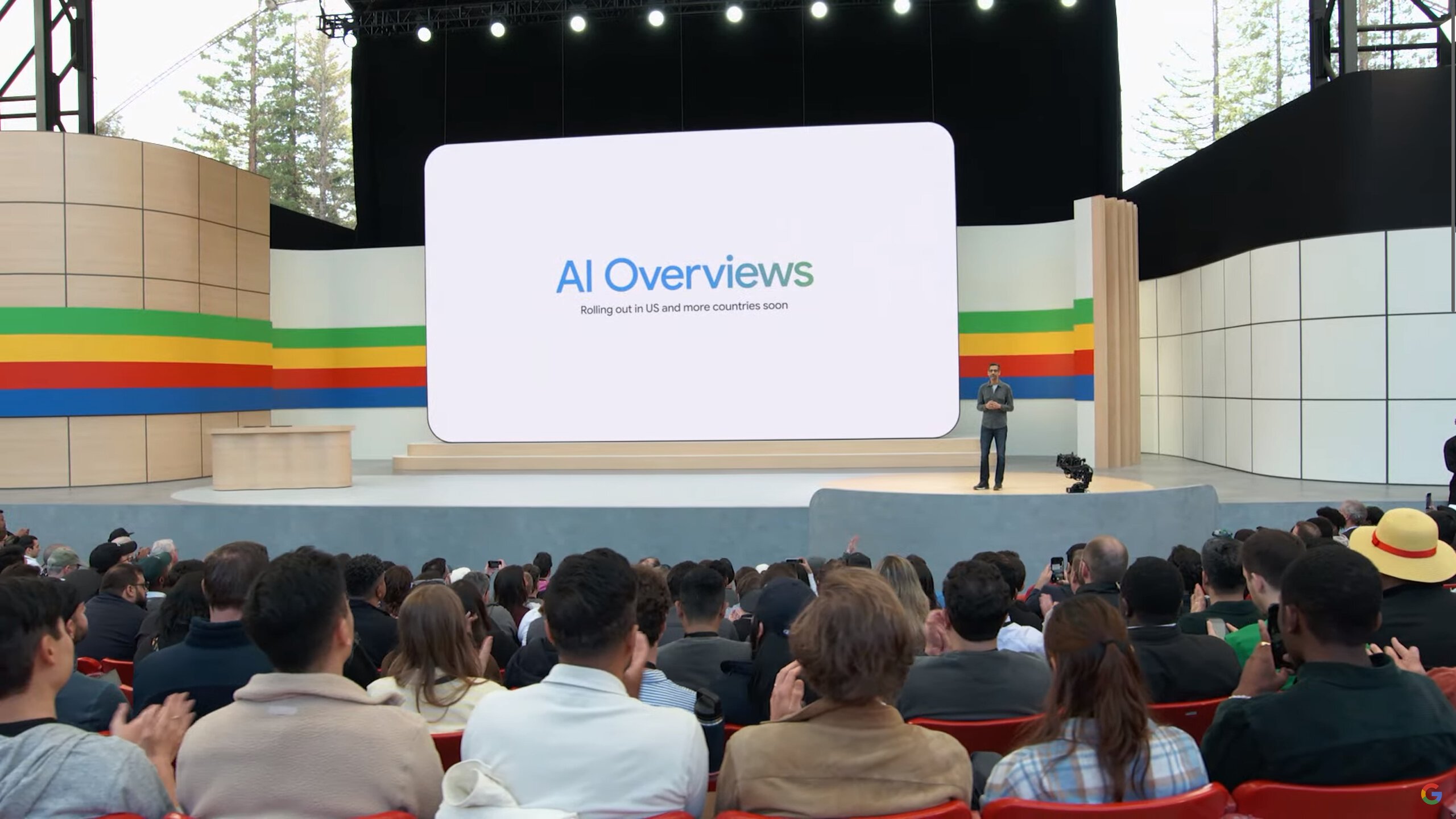
Amazon Luna: Everything you need to know about Amazon's cloud gaming service
Nick Fernandez5 hours ago
0

One UI 8 might finally fix Secure Folder's biggest security flaws
Aamir Siddiqui7 hours ago
0
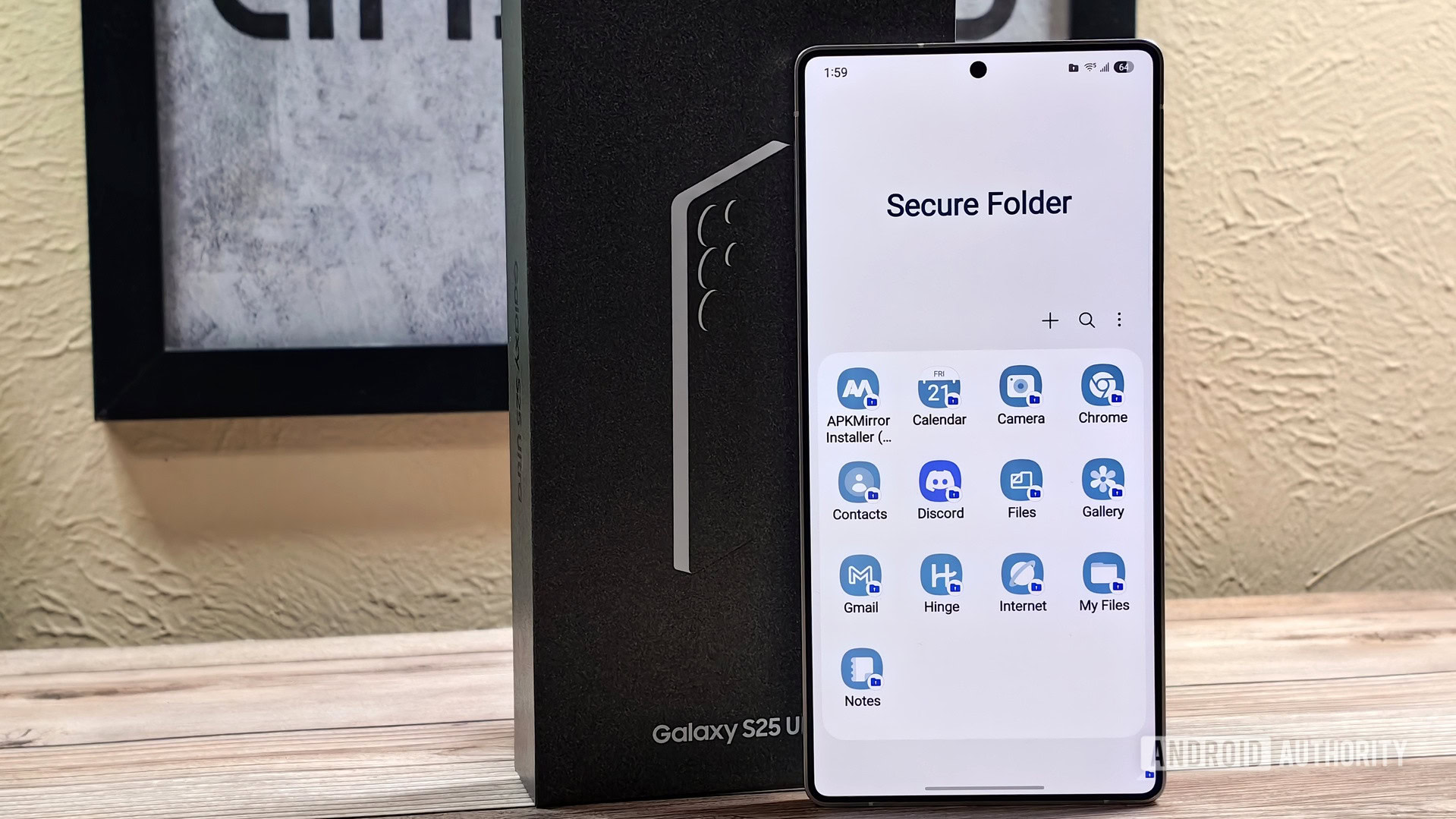
Google reacts to the iPhone 17 Air's rumored Pixel-like design with new video skit
Hadlee Simons8 hours ago
0
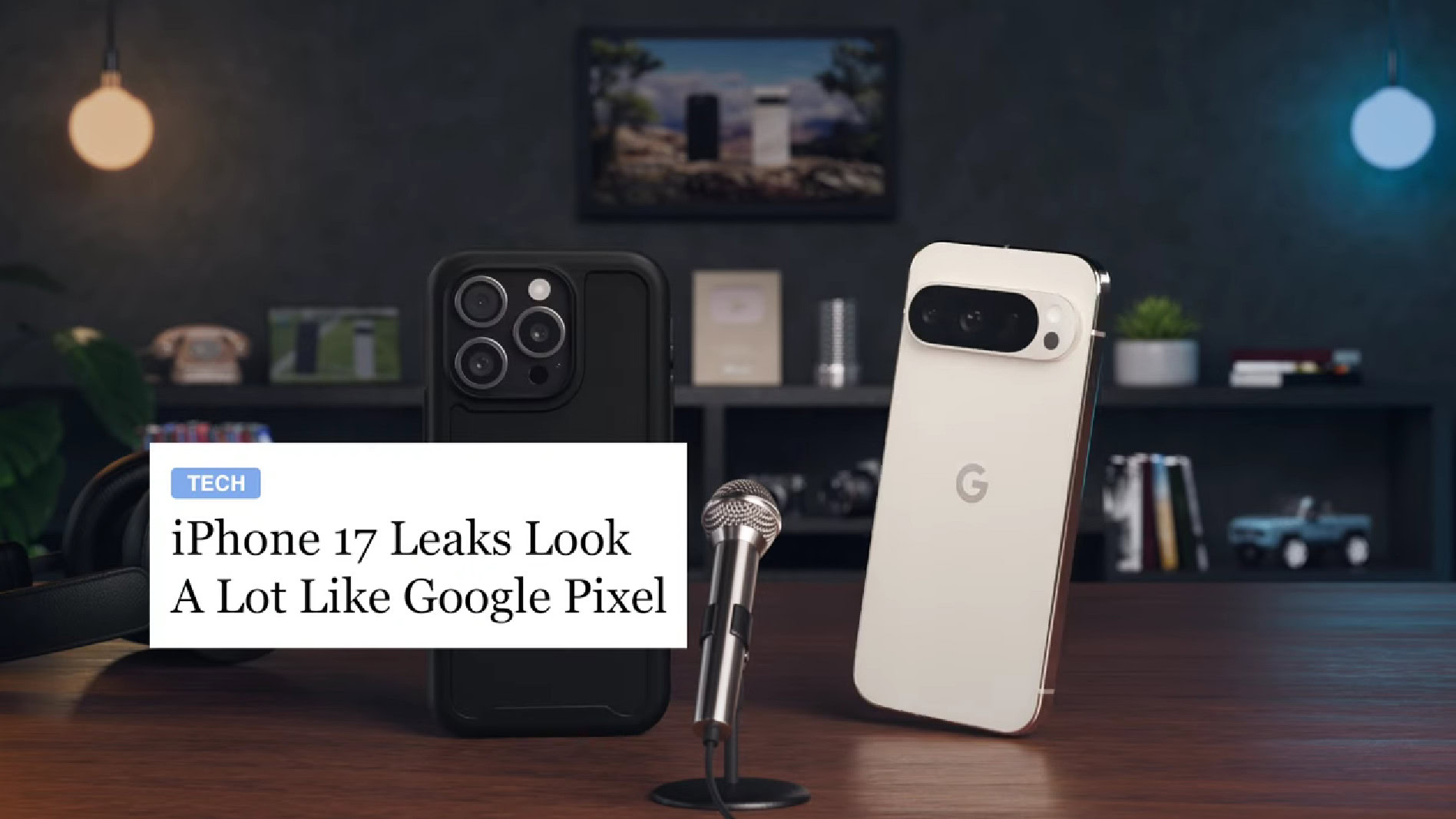
One UI 8 leak suggests Samsung DeX could borrow a lot from Android 16's desktop mode
Aamir Siddiqui9 hours ago
0

Samsung may be planning an unusual move for its next Galaxy Watch update
Adamya Sharma12 hours ago
0
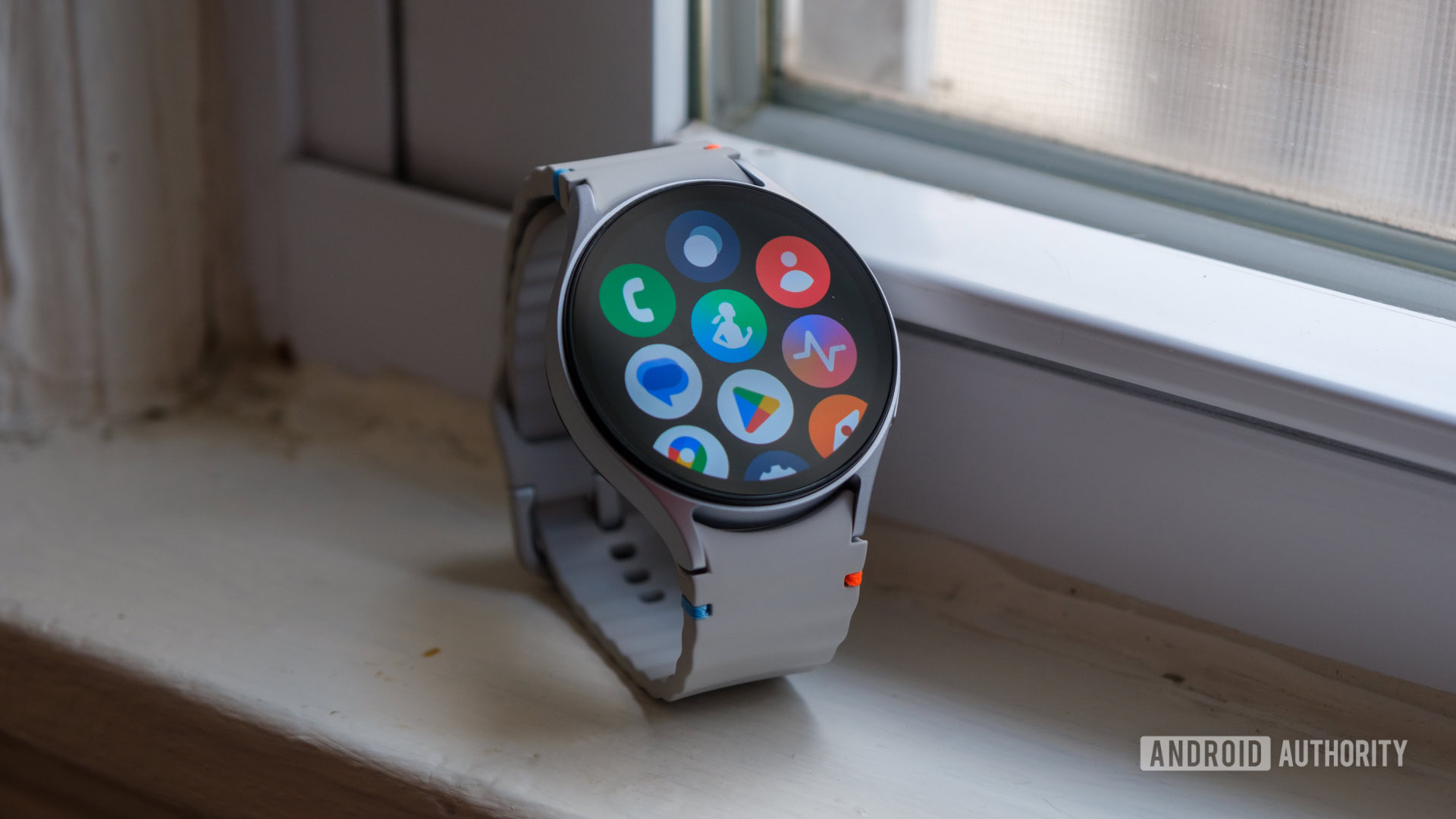
Google takes a page from Apple's playbook with new Material 3 Expressive battery icon
Christine Romero-Chan19 hours ago
0
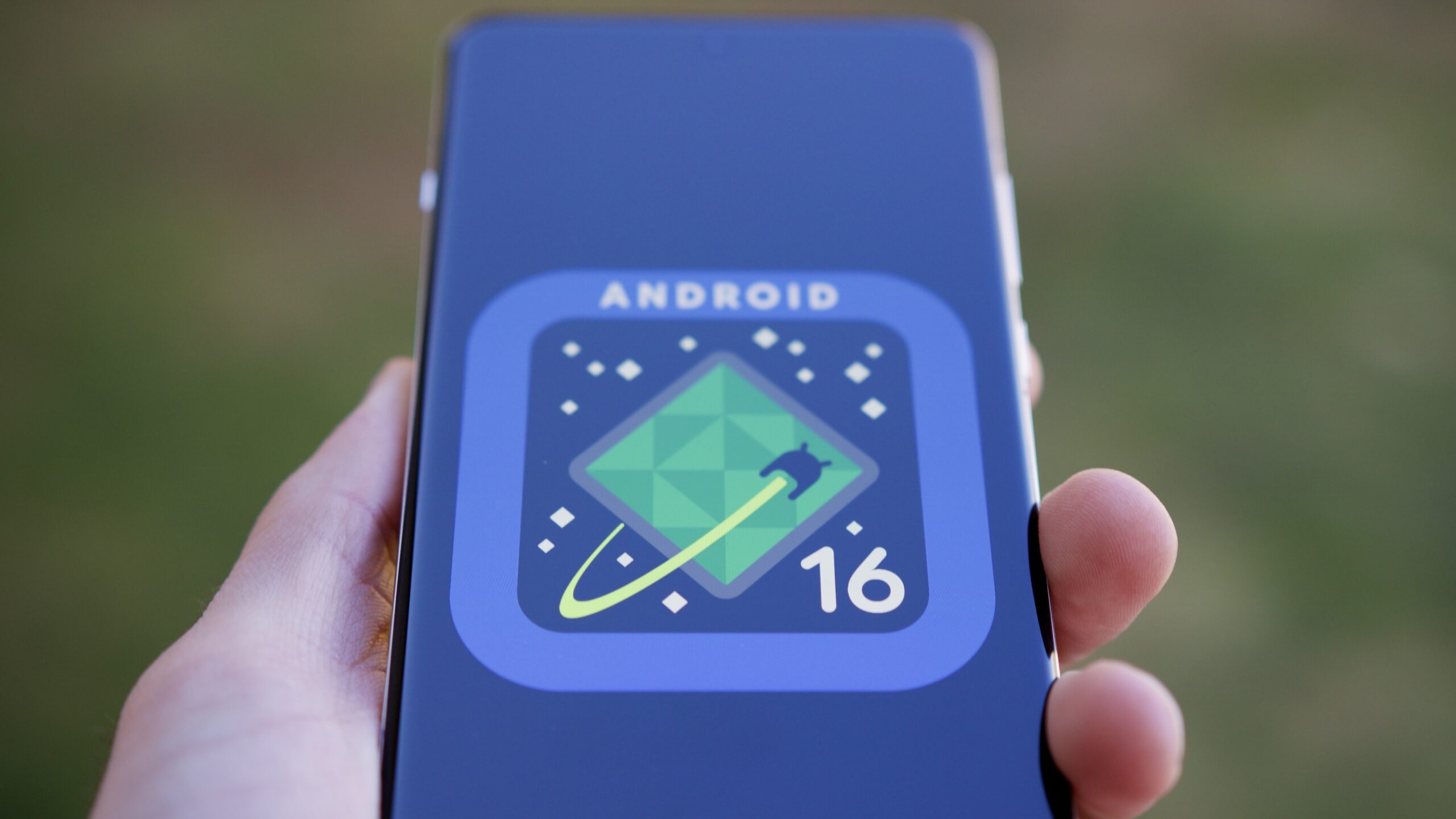
Oops! Google lets Material 3 Expressive details slip out online early
Ryan McNeal20 hours ago
0
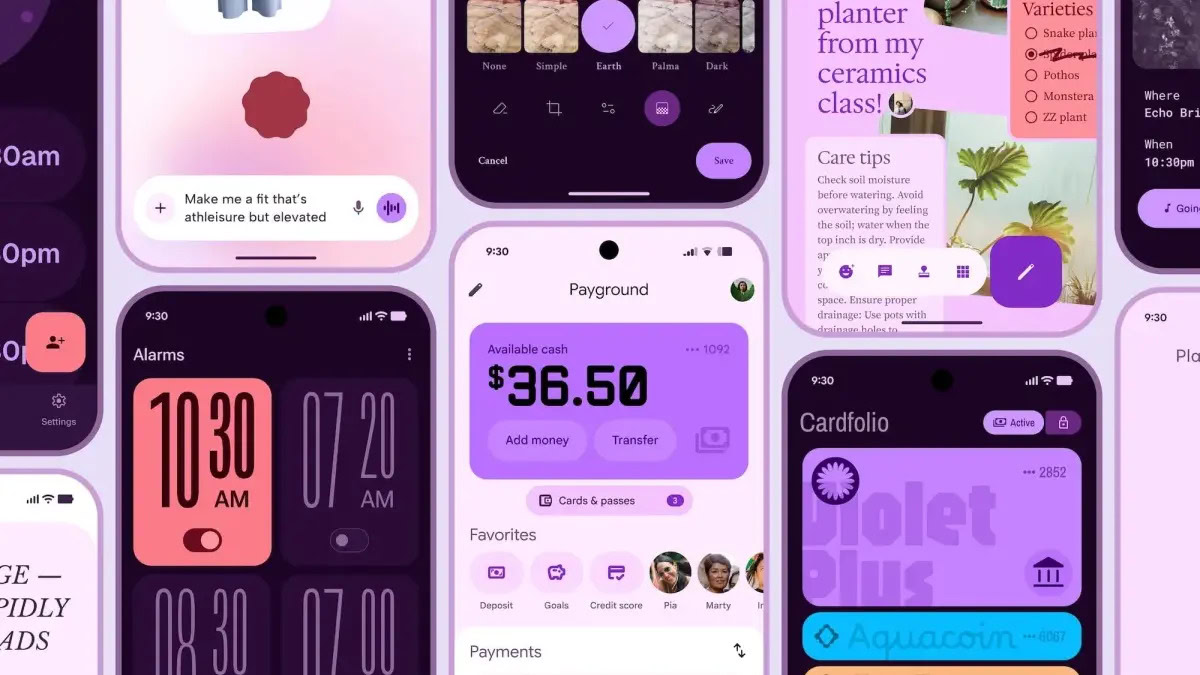
There's good and bad news about the batteries in Samsung's next-generation foldables
Christine Romero-Chan21 hours ago
0
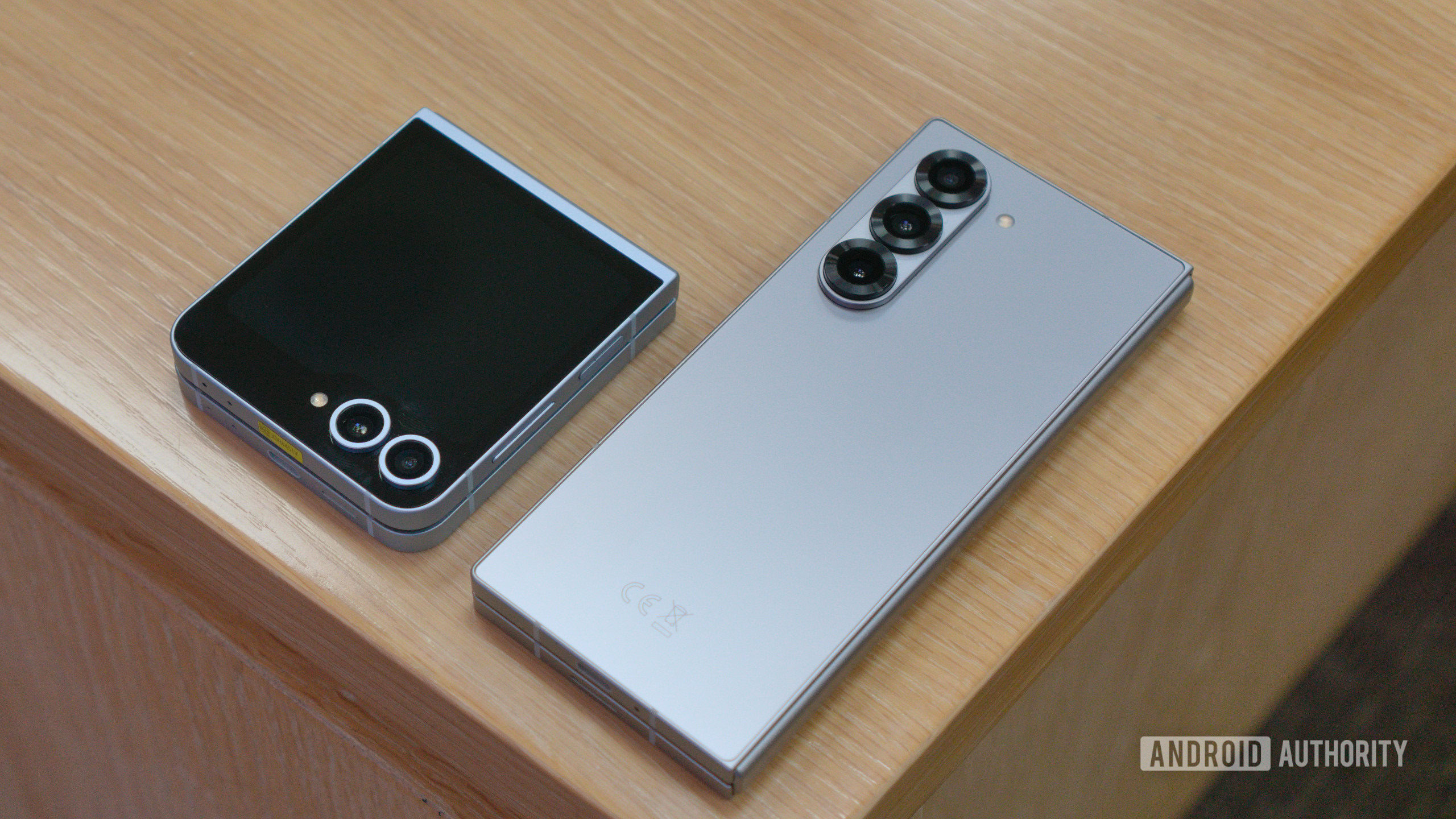
Here's your first look at Live for Google AI Mode (APK teardown)
Stephen Schenck23 hours ago
0
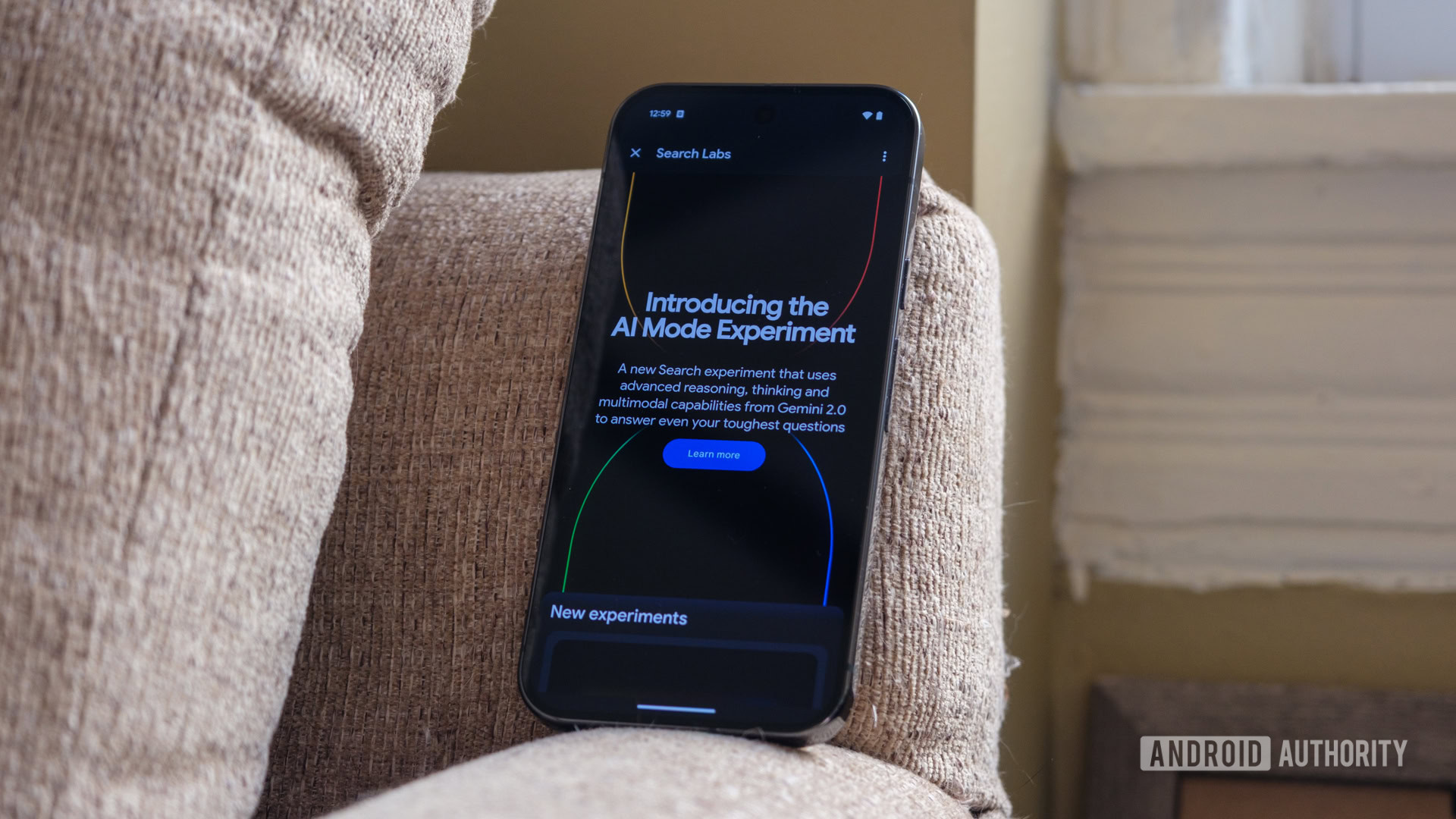
Switched to Google Fi Essentials but can't change your Google One plan? You're not alone
Andrew GrushMay 5, 2025
0

